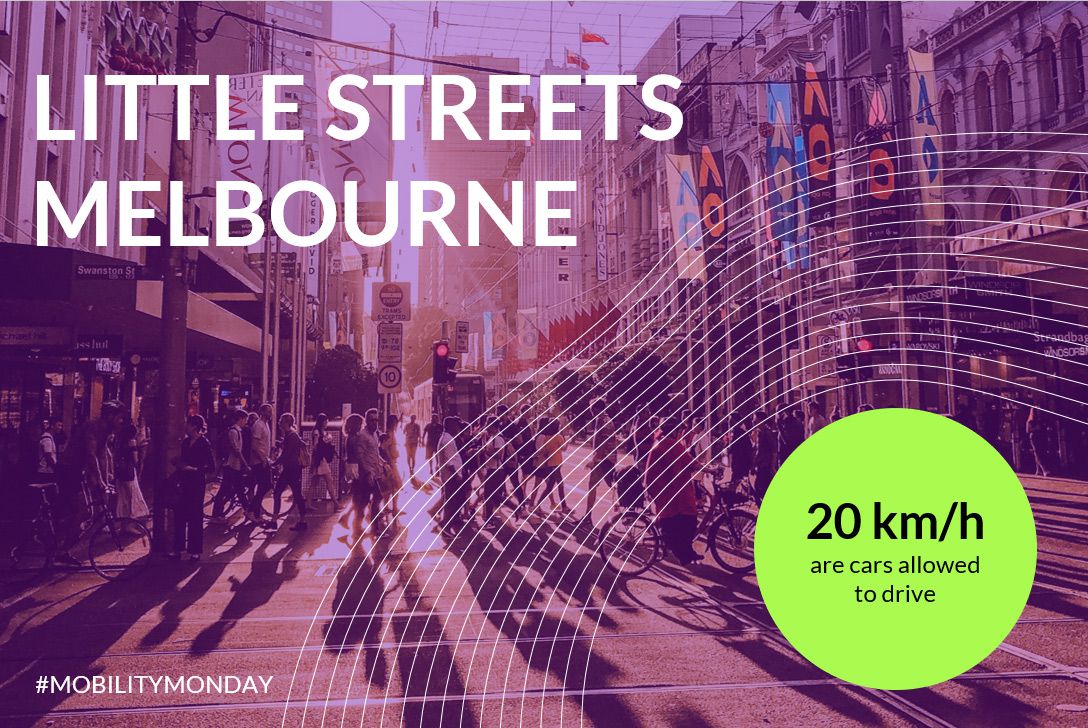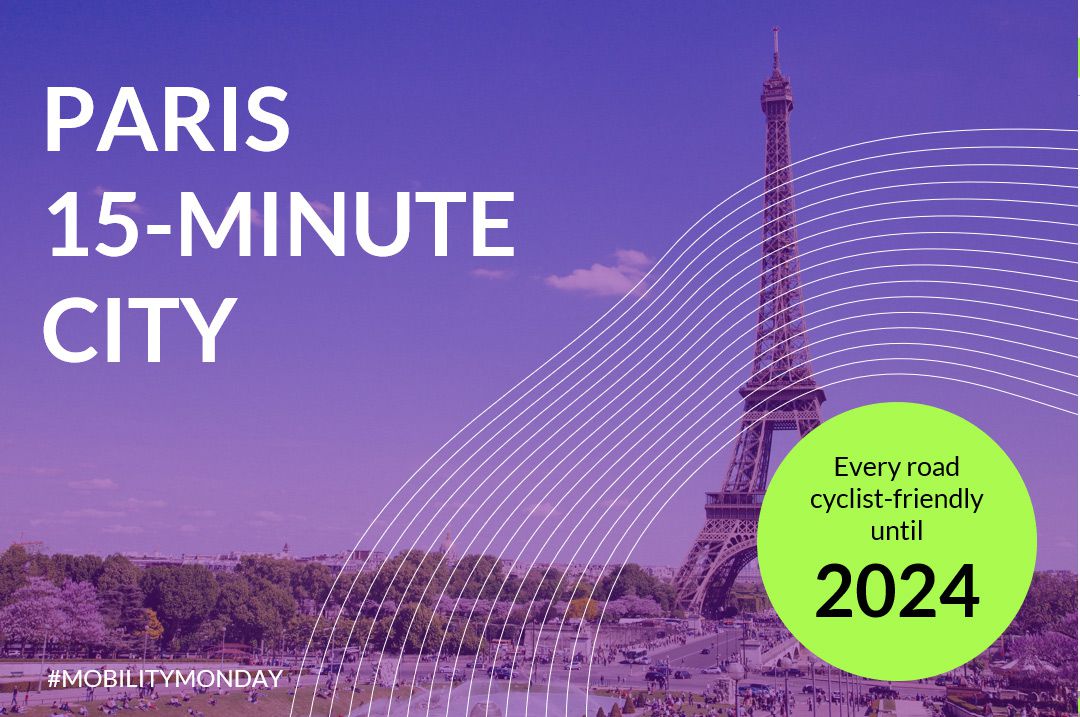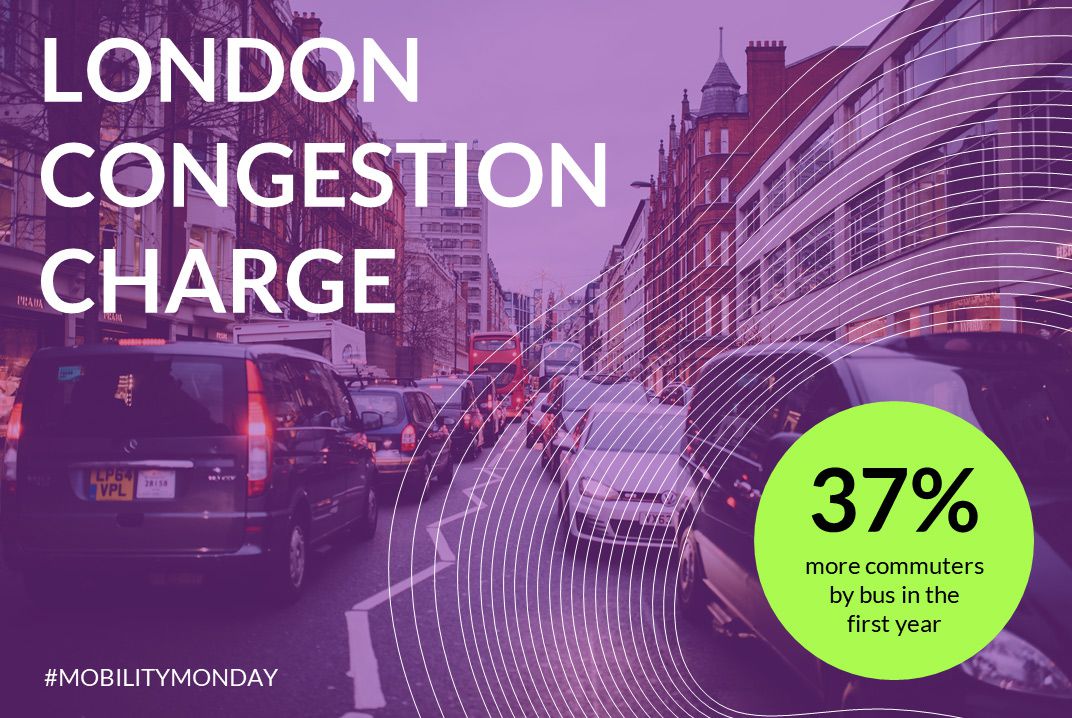Little Streets Melbourne
Pedestrians are often overlooked in traffic planning. However, a city that is geared to fit the needs of pedestrians is a city that is designed for the people. In the coming weeks, Melbourne will take the next steps and make four of its streets pedestrian friendly.
In Flinders Lane, Little Collins, Little Bourke and Little Londsdale, pedestrians will have the right of way over the whole street. Car speed limit will be brought down from 40 km/h to 20 km/h.
The concept is part of the Melbourne Transport Strategy 2030, which also features fast-track bike lanes. Also, by giving more space to users, these actions will allow to comply with COVID-19 pandemic distance rules.
These little changes increase quality of urban life. People can comfortably spend time in public spaces, instead of being forced to flee due to noisy and polluting car traffic. Pedestrian streets are a great measure that contributes towards more livable cities!



